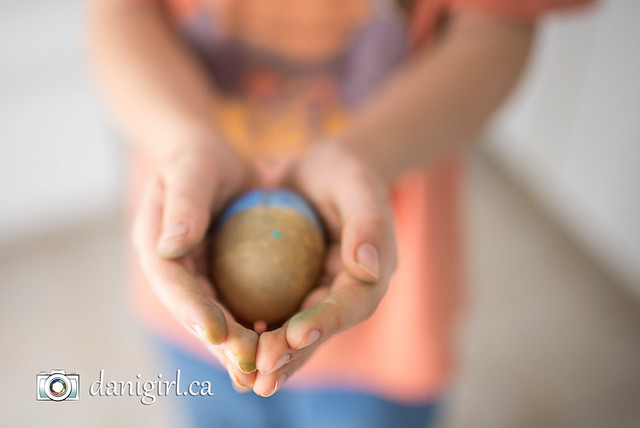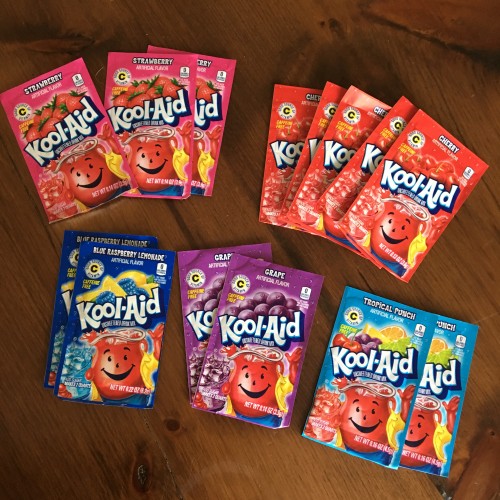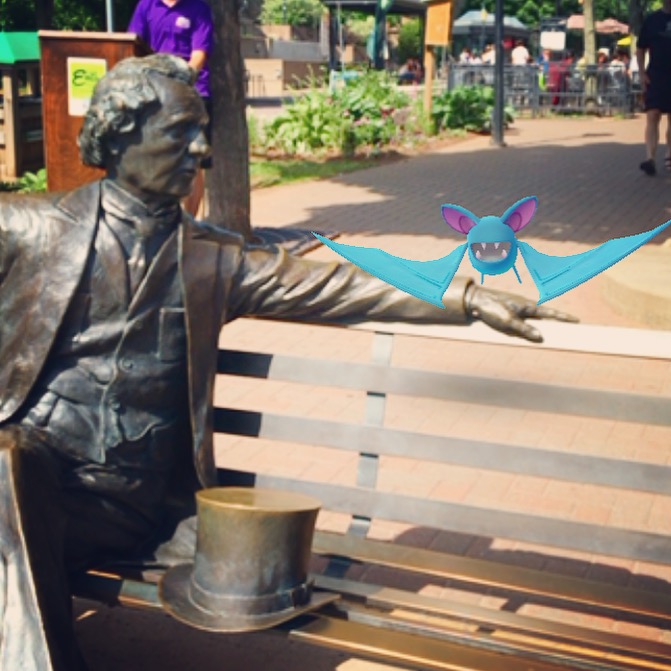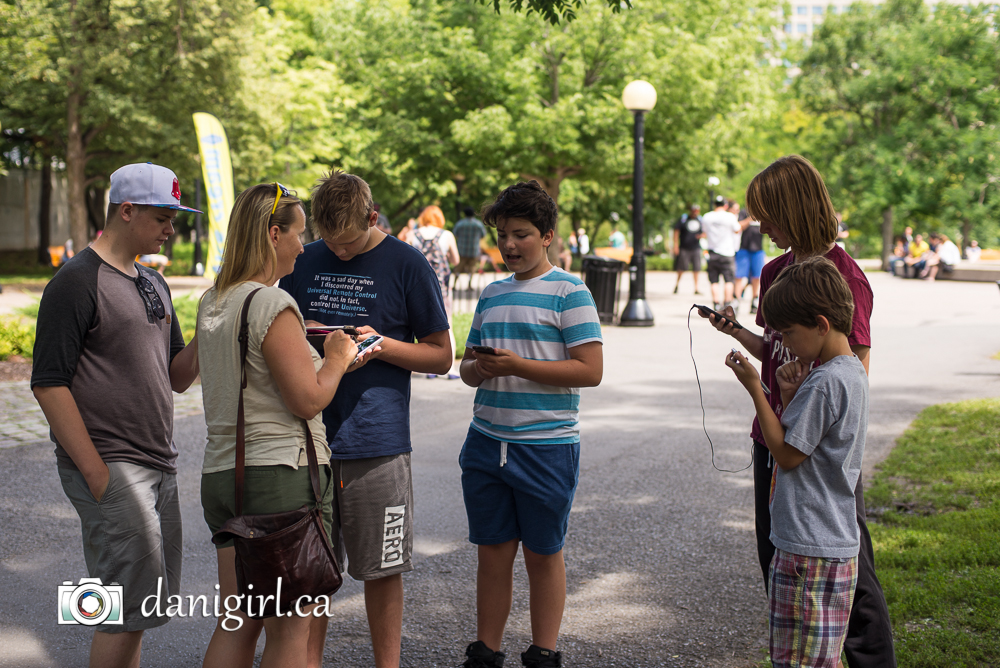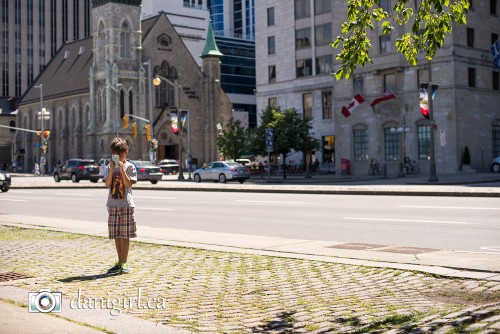It went something like this:
**ring ring**
Hello?
DaniGirl! It’s the Universe calling. Long time, no chat!
Universe, you old dog star! It has been long time! What’s new?
I’ve been having a grand time telling Stephen Hawking how the universe ACTUALLY works, and I think it’s safe to say I have literally blown his mind.
Ha, I can imagine! I don’t suppose you’d let me in on it too? Wait, nevermind. I can wait.
I can assure you it’s worth waiting for. So, hey, I wanted to talk to you about this thing with your teenager.
Uh oh. Which thing?
You know, the gender fluidity thing. About him being non-binary in his gender identity.
Oh that! Yeah, that’s been a parenting adventure for sure. What did you want to talk about?
I’ve been watching it all unfold, and it looks like it has indeed been an adventure for you. It’s been about two years since he started talking to you about it, right?
About that. He says he’s known since at least Grade 5 that he didn’t fit into what felt like “normal” male gender identity, but it wasn’t until he heard about our incredible friend Amanda and her wife Zoe and her daughter Alexis that he began to have words for all the things he understood about himself on an instinctual level.
Words like trans and non-binary and genderqueer and Two Spirit?
Yup, those ones. He says that Two Spirit is what he most closely identifies with. He feels a male and a female aspect to himself, or in his words, hears a male and female voice in his head. But Two Spirit is a term that’s particular to Indigenous culture, and has very specific cultural context that just doesn’t work for non-Indigenous people. So, we’ve settled on gender fluid and gender creative.
Does that mean he’s gay?
Not at all. Sexual orientation is who you want to sleep with, who you are attracted to on a physical level. Gender identity is about how you perceive yourself, your internal sense of self as male or female or a blend of both — or neither. It can be aligned with your biological sex or not.
So he’s transgender?
Well, being trans means that there’s a disconnect between your biological sex and your gender identity, so in a way, yes. But he doesn’t feel like he is exclusively male OR exclusively female, and he still feels connected to his male identity. He just wants to explore the female part of his identity as well.
That doesn’t sound so bad. The teenage years are all about experimenting with identity. Does he want to use different pronouns or change his name?
Not so far. We talked about using “they” as a singular, non-binary pronoun, and he said he considered it but that it felt like a lot of work, and a big inconvenience for everyone around him, so he’s happy enough to keep using his male pronouns and his given name.
Have you taken him to a doctor or a psychologist to discuss this?
Well no, we haven’t had to. When he first started talking to me about this, I admit that my very first reaction was to think of this as a problem that had to be managed. But over lots of conversations, reading, and research, we’ve realized that his gender identity is not a problem that needs to be fixed, it just is what it is. Really, what difference does it make whether he’s wearing sweatpants and a t-shirt or a bra and makeup? He’s still the same witty, smart, perceptive kid he’s always been. And he’ll be happier if how he looks on the outside matches how he feels on the inside – we don’t need a doctor for that.
So he wants to wear women’s clothing?
Sometimes. It’s part of his expression of that female aspect to his gender.
And do you think that’s a good idea?
What I think is a good idea is supporting and loving my child no matter what he wears or what his gender expression is. I love that he’s so comfortable with himself and the space he occupies in the world that he feels comfortable wearing a dress in a world that says boys don’t do that. He’s got this subversive streak, so is this related to that? Maybe. I mean, it’s all just a part of who he is, and if society isn’t completely on board with the idea of gender fluidity yet, it’s society’s problem to work out.
Are you worried that his peers, and society in general, will not be accepting of his non-binarism?
Yes, yes I am. It’s my biggest concern in all of this, that people will be cruel and hateful. Here’s the thing, though: he doesn’t care. He’s been thinking about this for two years, and been taking small steps like wearing shirts that are cut in a more feminine way, and leggings with boots and a long tunic. Some of the kids have looked at him askance and a few have teased him, but he saw it as their problem, not his. He’s got this. I wish I had his courage and poise.
I’ve noticed that kids and teens these days tend to be open-minded about gender than their parents’ generation.
I noticed that, too. I mean, kids can be assholes to each other for sure, but on the whole, I think Millennials and my kids’ generation are much more open-minded and accepting of concepts like being pansexual or trans or genderqueer than my fellow Gen Xers and the Boomers. I think being gay in the 80s is a lot like being genderqueer in 2018, and I’m hoping that in 30 years, being non-binary is just as normalized in society as being gay is today. Did you catch what he said about pushing boundaries?
Which time?
Ha, yes, he does love the concept. This one stuck with me, though. It’s actually what inspired me to finally write about this on the blog. He said, “Someone’s got to push the boundaries to see how far we can go.” I admit, over the past couple of years, I’ve had a few times when I wished it wasn’t my child who was on the pushing edge – but he is, and here we go!
Sounds like you’ve become pretty comfortable with all this now?
Mostly. I mean, I’m fine with him expressing his gender in whatever way he feels comfortable, and he’s convinced me that he’s not anxious about being “out” about it, so I’m trying not to be. It’s funny, five years ago I barely knew what the word transgender meant. Now I have half a dozen trans friends, a couple friends parenting trans kids, and a non-binary kid of my own. I’m working full time as the LGBTQ2+ Network coordinator for my department, and I have been facilitating training on LGBTQ2 inclusion in the workplace. Talk about becoming an accidental advocate!
If you’re thinking of yourself as an advocate, why have you been waiting so long to write about this?
You know, I’ve been wondering that myself. We’ve been talking to our family and friends a bit at a time, but he’s a private, introverted sort of kid to begin with, so we’ve been taking everything in small steps. My strongest urge is to protect him, and protecting his privacy seemed a part of that. I’ve said before, as the boys get older, their stories are no longer mine to tell. But by NOT talking about it, it’s beginning to feel like we’re hiding it, and that it’s something to be discussed in whispers, which is not at all the case. He wants to spark conversations to normalize the experience of being non-binary, not suppress them like it’s something to be ashamed of. So we’re going to the mall to find a bra that fits him and if someone doesn’t like it, that’s their problem to manage.
It sounds like you’ve got this figured out!
Well, yes and no. We know we love him and support him no matter what, and we know letting him be his most authentic, whole self is the only choice. It’s the rest of the world we’re a little worried about, and he knows it might be a harder road being out as gender non-conforming. But he’s thought about it, he acknowledges the risks, and he wants to express who he really is. How could we not support that? And we don’t want to seem like we don’t support him by not talking about it, you know? So let’s normalize it by talking about it.
Good luck with that shopping trip, DaniGirl. You’ve always got some sort of adventure going on, don’t you?
We sure do, Universe. We sure do. Tell Stephen Hawking we miss him!
Will do, DaniGirl. Until next time!




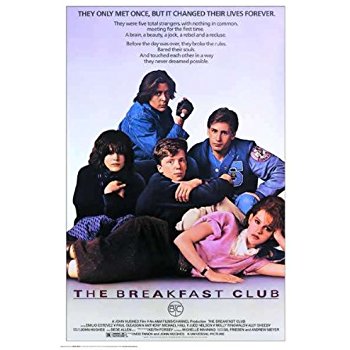 I had this blog post half written when I came across
I had this blog post half written when I came across 